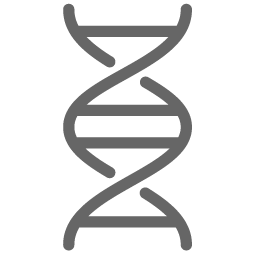Imaging after breast-conserving surgery – Young patients with high-risk gene mutation
In patients less than 50 years of age who are carriers of high-risk gene mutations (e.g. BRCA1/2) and who have not undergone risk-reducing mastectomy, consider the use of annual magnetic resonance imaging (MRI) of both breasts during follow-up.
How this guidance was developed
No evidence-based source recommendation was identified for this topic, which was considered an important aspect of care. This practice point was developed using an expert consensus process. It is informed by a recent systematic review of breast imaging surveillance across guidelines published Jan 2007-Jan 2017 (Swinnen et al 2018) suggesting use of MRI if women carry additional risk factors indicating a lifetime recurrence risk of >20%.
Imaging after breast-conserving surgery – Young patients with high-risk gene mutation
In patients less than 50 years of age who are carriers of high-risk gene mutations (e.g. BRCA1/2) and who have not undergone risk-reducing mastectomy, consider the use of annual magnetic resonance imaging (MRI) of both breasts during follow-up.
No evidence-based source recommendation was identified for this topic, which was considered an important aspect of care. This practice point was developed using an expert consensus process. It is informed by a recent systematic review of breast imaging surveillance across guidelines published Jan 2007-Jan 2017 (Swinnen et al 2018) suggesting use of MRI if women carry additional risk factors indicating a lifetime recurrence risk of >20%.


